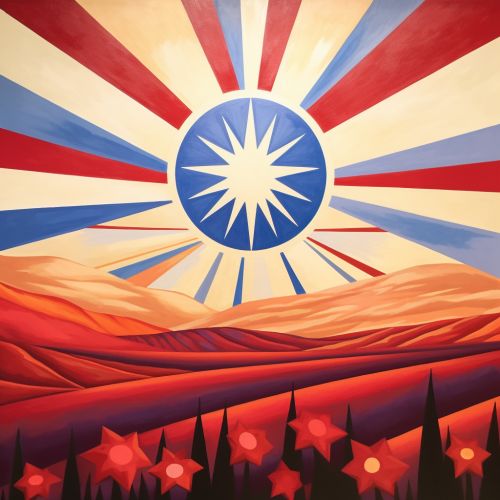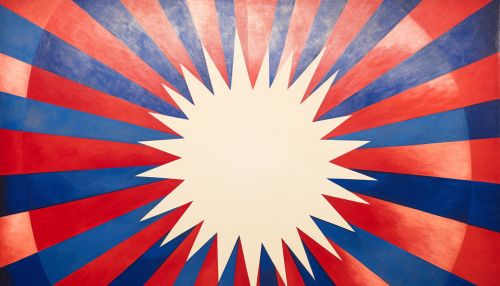Republic of China
History
The Republic of China (ROC) was established on January 1, 1912, following the Xinhai Revolution, which overthrew the Qing dynasty, the last imperial dynasty of China. The ROC was a representative democracy, with Sun Yat-sen of the Kuomintang (KMT) as its provisional president. The ROC's early years were marked by political instability, warlordism, and the threat of foreign imperialism.
In 1928, the KMT, under the leadership of Chiang Kai-shek, consolidated its power and established a unified government in Nanjing. This marked the beginning of the Nanjing decade, a period of relative stability and prosperity. However, the government's legitimacy was challenged by the Chinese Communist Party (CCP) and other political factions.


The Second Sino-Japanese War (1937–1945) and the subsequent Chinese Civil War (1945–1949) led to significant changes in the ROC's political landscape. The ROC government retreated to Taiwan, while the CCP established the People's Republic of China (PRC) on the mainland.
Government and Politics
The ROC is a democratic republic with a president as the head of state. The government operates under a framework known as the "Constitution of the Republic of China". The ROC's political system has evolved significantly over the years, with major reforms in the 1980s and 1990s leading to the democratization of the country.
The government is divided into five branches, known as the Five Yuans: the Executive Yuan, the Legislative Yuan, the Judicial Yuan, the Examination Yuan, and the Control Yuan. Each Yuan is responsible for a specific area of government administration.
Economy
The ROC's economy is characterized by its dynamic industrial sector, robust exports, and large foreign reserves. It is considered one of the "Four Asian Tigers", along with Hong Kong, South Korea, and Singapore, due to its rapid industrialization and impressive economic growth from the 1960s to the 1990s.
The ROC's economy is dominated by the service sector, which accounts for more than two-thirds of its GDP. Major industries include electronics, petrochemicals, automobile production, and information technology.
Culture
The culture of the ROC is a blend of traditional Chinese culture, indigenous Taiwanese cultures, Japanese influence, and Western values. The ROC's cultural scene is vibrant and diverse, with a rich tradition of music, dance, visual arts, literature, and cinema.
The ROC is also known for its food culture, with a wide variety of regional cuisines and street food. The island's tea culture is also well-known, with tea production and tea-drinking customs playing a significant role in Taiwanese culture.
